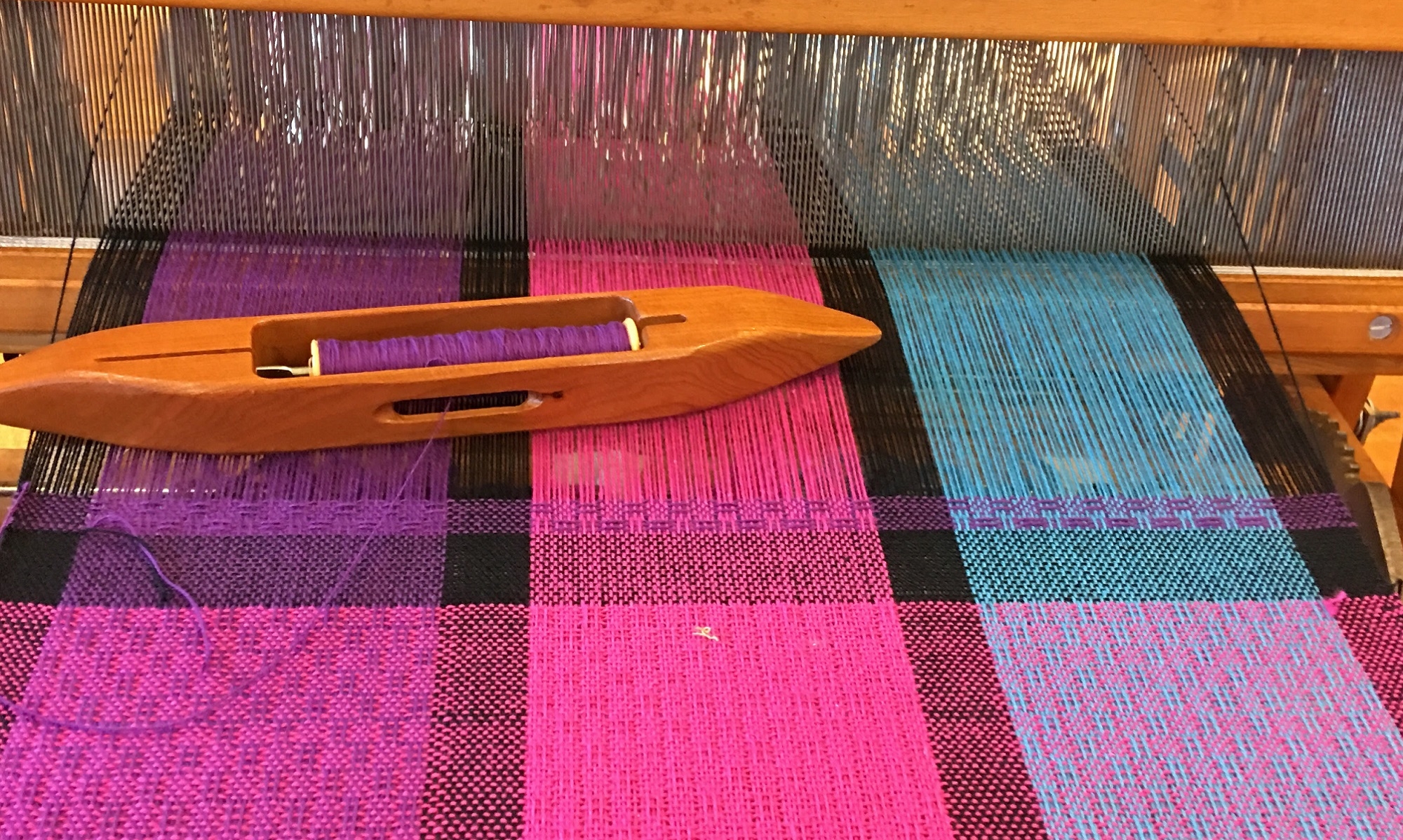As a knitting teacher, I often have students that are unknowingly twisting their stitches. I had one yesterday. They may be new knitters who just didn’t quite catch the instruction to wrap counterclockwise, but some have been knitting this way for many years and just don’t realize it. New knitters are very willing to try to make the changes to knit in a standard way. Longtime knitters take the news harder since that muscle memory has become so ingrained, its difficult to change.
There are usually two main causes of twisted stitches. One is wrapping the working yarn clockwise (instead of counterclockwise) around the needle when making knit and/or purl stitches and the other in knitting into the back loop. I hate tell them they are knitting wrong, but call it nonstandard instead. In some cultures they always wrap clockwise, but compensate by knitting into the back leg on the following row. You can wrap the yarn clockwise OR knit into the back leg all you want, but if you don’t do both, some or all of your stitches will be twisted. When you come to decreases or increases that call for knitting into the back loop, you have to do the opposite. Lace instructions can become totally confusing since decreases and yarn overs are what make the pattern, and having to reverse everything mentally before you do it can get tiresome. Twisted stitches can really affect your knitting in a bad way if that is not what the pattern designer had in mind when creating the pattern. Twisted stitches are tighter to knit into and make a more rigid fabric. In ribbing they stand out. There are many lovely patterns that include twisted stitches on purpose such as my current socks in progress (which did not get finished during the Olympics) or Bavarian style sock patterns, but you need to know how not to twist your stitches if twisted stitches will not give you the desired fabric.
I had often heard that twisted ribbing for socks and hats will make the ribbing stretchier, but what I read in Principles of Knitting indicated otherwise. So I decided I would swatch (yes, that dreaded word) to really find out. Below is some k1,p1 ribbing made with normal knits and purls (on the bottom), and twisted knits and purls for twisted ribbing (on the top). 
The twisted stitches on the top have an attractive look, but as you can see, the swatch flares out more than the standard k1,p1 ribbing at the bottom which in which have pulled in together so well that you can’t even see the purls between the knits. So a twisted stitch fabric will be wider than you expect. It doesn’t recover from being stretched out as well and won’t cling as well to the leg or head for the cuff of the sock or hat, plus it is stiffer. So, twisted stitches may or may not be what you want, but you need to know the difference and how to make them or not depending on the circumstance.

In the case of my Olympic sock, the patterning has a strong undulating line of twisted stitches in it, but most stitches are not twisted. The twisted ones give a raised texture and they stand out from the fabric a little more. The pattern called for twisted rib at the top for the cuff as well, but based on my swatches, I chose a standard (not twisted) k1, p1 rib instead and only twisted stitches in the patterned part of the sock.








